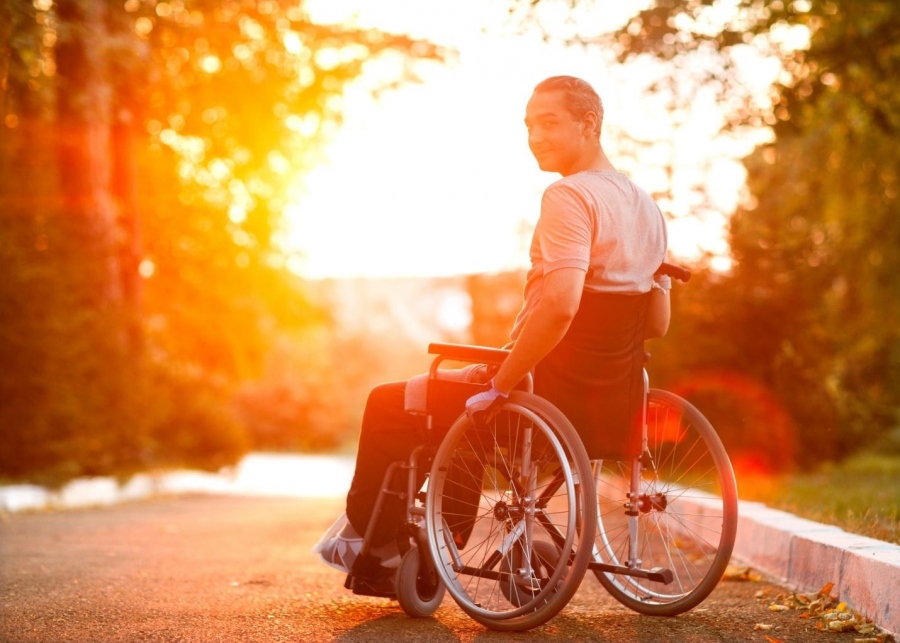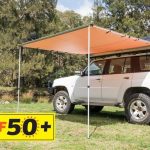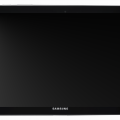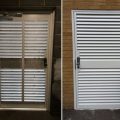One of the simplest types of varicose vein treatment you can perform on yourself is to simply walk more. Walking gets the calf muscle pump going which literally squeezes the veins in pump like fashion, and in doing so, physically forces the blood back to the heart. You do not need to walk fast, or even walk for great lengths, to improve the blood flow in your veins substantially by simple walking.

Unfortunately, people confined to a wheelchair are unable to walk and get their calf muscle pump going. As a result, their underused calf muscle becomes very weak and unable to assist the venous flow of blood back to the heart. This affects the type of varicose vein treatment available to patients in a wheelchair. The same may be true for an elderly patient who has trouble walking.
On Hawaii Public Radio’s “The Body Show,” hosted by Dr. Kathy Kozak, the subject of whether or not to provide clinical varicose vein treatment to a patient in a wheel chair came up during a general interview about the types of varicose vein treatment options available. Dr. Woody Chung, of the Vein and Skin Center of Hawaii, stated “If they’re in a wheel chair or having trouble walking, even if they have the most horrendous bulging varicose veins, I will not offer them a surgical option. Compression stockings would be the mainstay of treatment.”
Both doctors discussed that the main reason why is because the outcome of a minimally invasive surgical procedure like sclerotherapy would not be ultimately successful. The surgery cannot fix a muscle pump that is not being used or is being underused. After sclerotherapy varicose vein treatment, patients need to start walking immediately to get the blood in the veins surrounding the ablated vein (closed vein) flowing and the calf pump needs to be activated. This helps the healing process and it prevents the formation of new varicose veins.
There is also an increased risk of deep vein thrombosis (DVT), i.e. a blood clot in the deep veins of the leg, in a patient who cannot walk after a clinical varicose vein treatment that ablates (closes) a problematic vein. This makes the procedure not worth the risk because a deep blood clot can potentially break off and move through the bloodstream to the heart. There, it can become lodged in the air passageways of the lung causing a pulmonary embolism. This is a life threatening situation and has the potential to kill the patient before emergency measures can even be conducted.
Depending on why the person is in the wheelchair, a physical therapist and or occupational therapist may be able to work with the patient to find a way for them to work one or both of their calf muscles on a daily basis without actually walking. If this turns out to be the case, varicose vein treatment like sclerotherapy may be recommended in some cases. It would truly depend on the specifics of the case so the only way to determine this is to get an evaluation by a vein doctor and potentially have them confer with the therapist(s).
Most vein doctors seem to recommend lower range compression stockings, in the 15-20 mmHg pressure range for those suffering from varicose veins or those who are also confined to a wheelchair. Just like with other patients, the compression stockings should be removed at night when they go to bed. When possible, daily leg elevation is recommended as well. However, it should be pointed out that every patient is different and a person in a wheelchair should still be fully evaluated by a vein doctor and examined with duplex ultrasound to determine the exact cause of the varicose veins and associated symptoms.
Those confined to a wheelchair may have more trouble dressing themselves so this should be taken into consideration when selecting a compression stocking style and type. They should probably have a professional fitting before buying compression stockings, first thing in the morning before any swelling in their legs occur. During this fitting, the professional helping them may be able to work with them to find a modified method of putting on the compression stockings so they can put them on correctly without assistance.
If you or your family member is confined to a wheelchair and or can no longer walk well, you can get a free evaluation at Metro Vein Centers. You will not need a referral to make the appointment. Simply go to the Metro Vein Centers website, find the location nearest you (they have several locations within the United States) and give them a call. You may want to mention you or your loved one is in a wheelchair in case they need to make special accommodations in the exam room(s).




























No Comments
Leave a comment Cancel